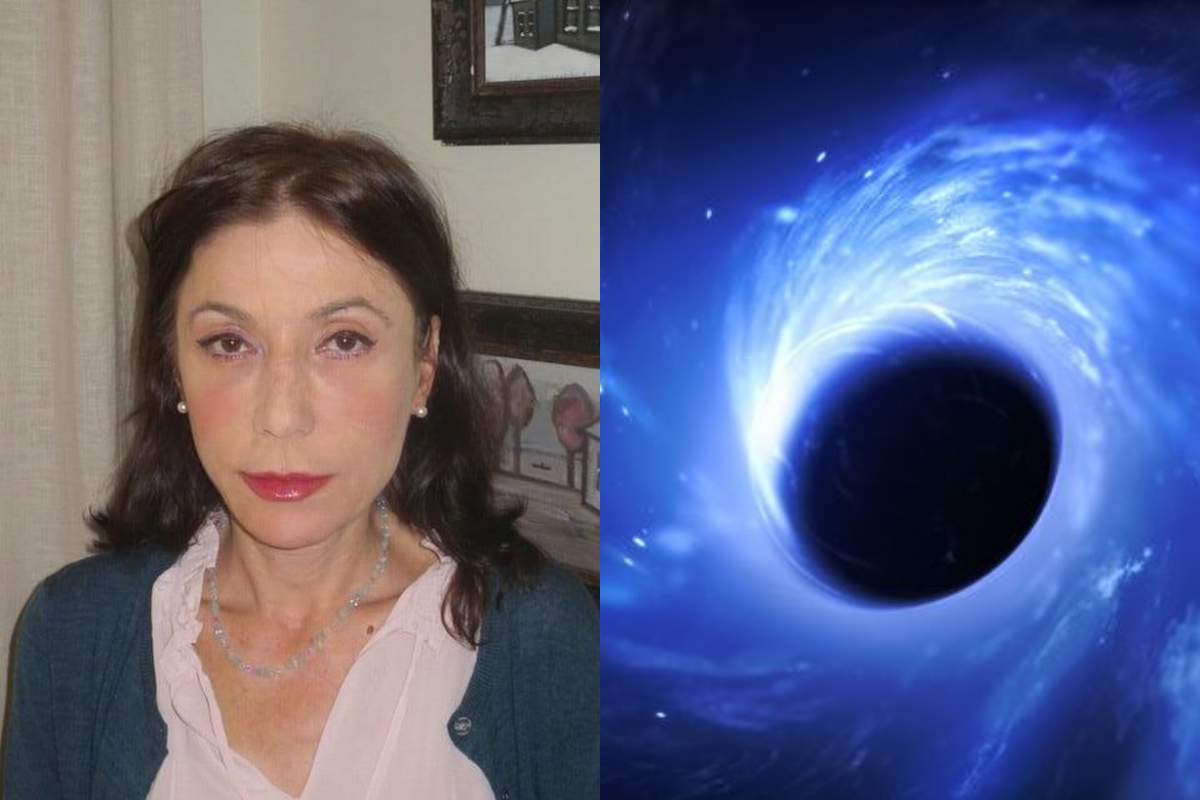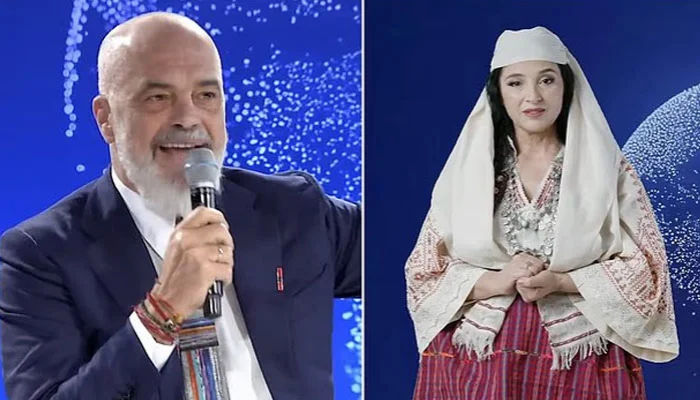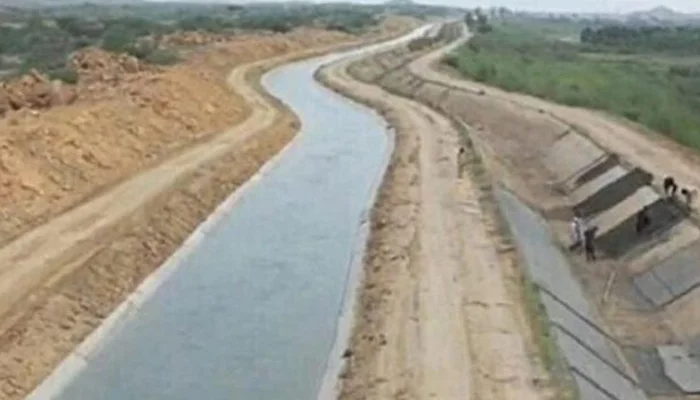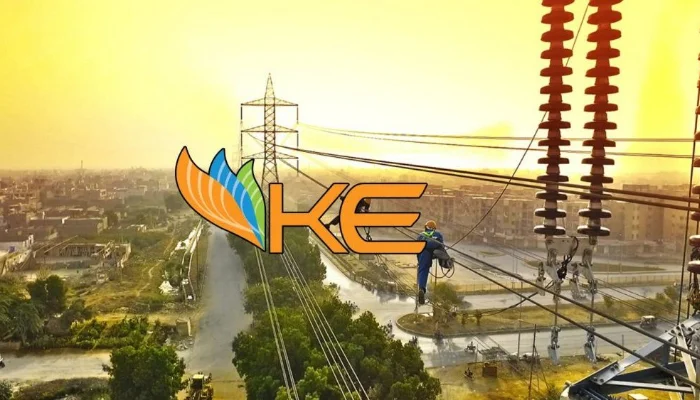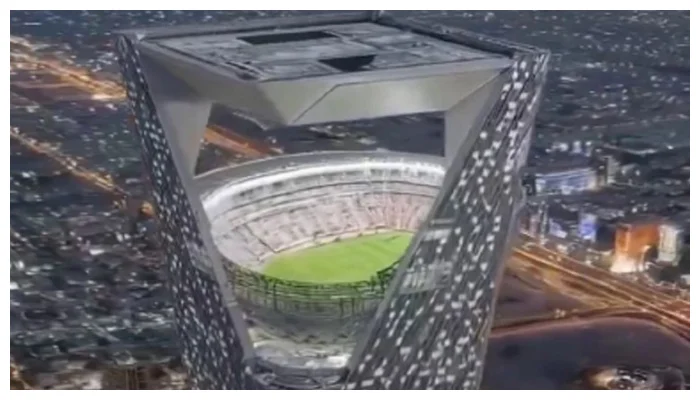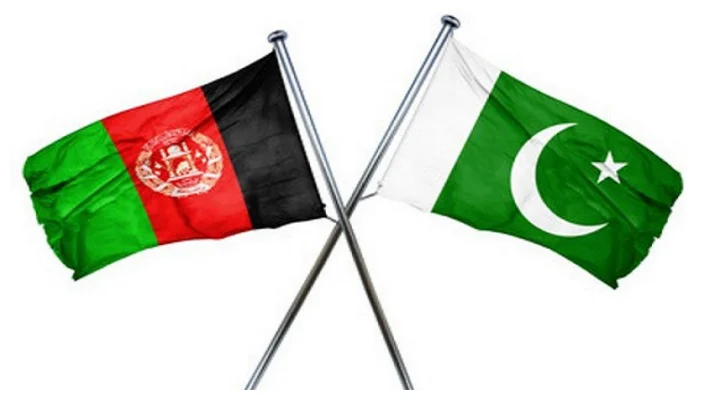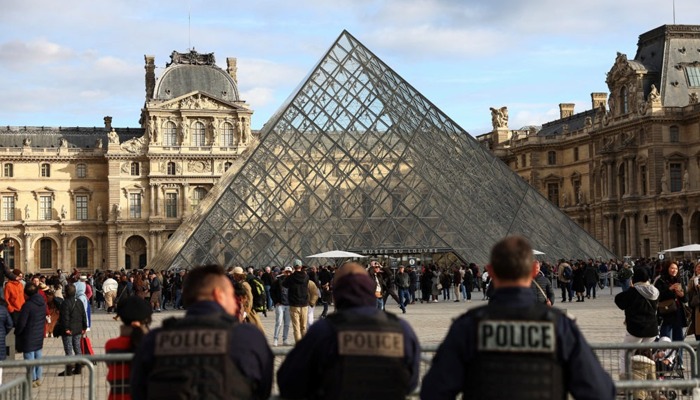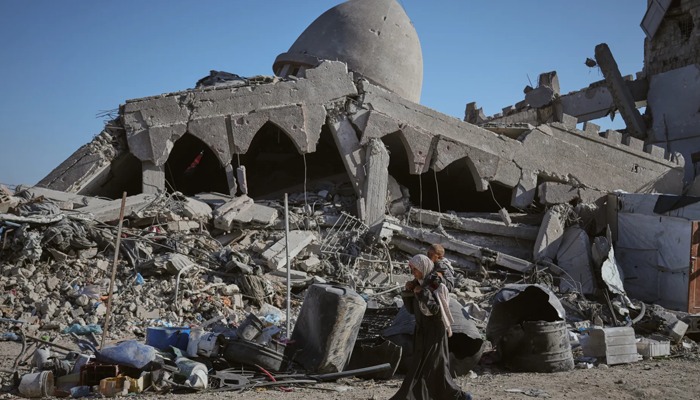While parallel universes may appear to be the stuff of Marvel Comics writers’ imaginations, scientists claim that not only are other universes possible, but they’ve also spotted evidence of them in the night sky.
According to leading cosmologist Laura Mersini-Houghton, these alternate worlds’ fingerprints can be found in cosmic background radiation at the very boundaries of the visible cosmos.
According to Professor Mersini-Houghton, not only do alternative universes exist, but some of them may be more habitable than the ones we now inhabit.
She argues that, while other physical constants may exist in another universe, modifying the laws of physics by even very huge factors makes those realities habitable.
“Our universe seems to be only borderline habitable,” she tells. “We were sitting right at the edge between habitable and non-habitable.”
According to her, The Anthropic Principle in physics states that we can only ever witness a cosmos that can sustain life – if the universe was any less habitable, we wouldn’t be here to measure it.
While working with astrophysicist Fred Adams, a distinguished professor of astrophysics at the University of Michigan at Ann Arbor, the professor discovered that you could change the basic laws of physics “by many orders of magnitude, by thousands and millions, and still have universes where conditions for life to arise were prime.”
Accepting the reality of other universes, according to Professor Mersini-Houghton, is a natural extension of The Copernican Principle – the idea that the Earth is not unique or special and that many other planets like ours exist.

Professor Mersini-Houghton says that accepting the reality of other universes is the natural extension of The Copernican Principle – the concept that the Earth is not unique or special and that many other planets like ours exist.
“Now we are finding that even our universe is just one tiny grain of dust in a much more intricate and beautiful cosmos.”
It’s unclear where these other universes are and how they might be connected to ours.
According to Professor Mersini-Houghton, certain worlds that exist in the same space-time may be “entangled with each other.”
“However,” she said, “this does not rule out the possibility of some other sectors in the multiverse, not correlated with ours but [at right angles] to our space-time which contains its own set of universes.”
She claimed that before the Big Bang, when all of the potential universes were jammed together in an impossibly small space, they would have left imprints on each other, which may now be seen as “cold spots” in the cosmic background radiation.
Two different investigations have confirmed one of these chilly places, a cosmic emptiness around 900 million light-years across.
“We were the first to show how you can actually test the multiverse and that you don’t need to go beyond the universe’s observable horizon,” she says. “You can just see it in our sky.”
But don’t rule out the possibility of entering another reality just yet. In his book The Science of Rick and Morty: An Unofficial Guide, author Matt Brady explains that opening portals to other planes of reality isn’t impossible – just extremely unlikely.
[embedpost slug=”elon-musk-is-knight-templar-using-robots-as-elixir-of-life-nostradamus/”]

